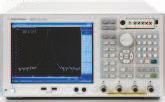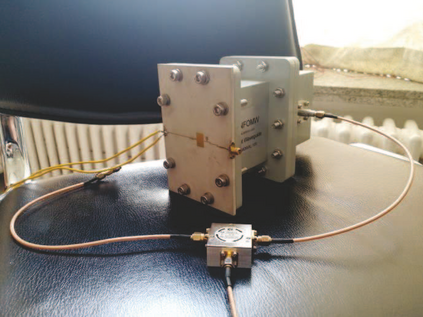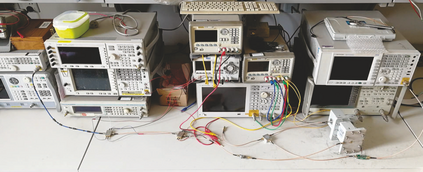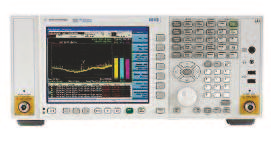
As a revolutionary paradigm for controlling wireless channels, reconfigurable intelligent surface (RIS) has emerged as a candidate technology for future 6G networks. However, due to the multiplicative fading effect, the existing passive RISs only achieve a negligible capacity gain in many scenarios with strong direct links. In this paper, the concept of active RISs is proposed to overcome this fundamental limitation. Unlike the existing passive RISs that reflect signals without amplification, active RISs can amplify the reflected signals actively through integrating amplifiers into their elements. To characterize the signal amplification and incorporate the noise introduced by active components, we develop a signal model for active RISs, which is validated through the experimental measurements on a fabricated active RIS element. Based on the developed signal model, we further analyze the asymptotic performance of active RISs to reveal its notable capacity gain for wireless communications. Finally, we formulate the sum-rate maximization problem for an active RIS aided multiple-input multiple-output (MIMO) system and a joint transmit beamforming and reflect precoding algorithm is proposed to solve this problem. Simulation results show that, in a typical wireless system, the existing passive RISs can realize only a negligible sum-rate gain of 3%, while the proposed active RISs can achieve a significant sum-rate gain of 108%, thus overcoming the multiplicative fading effect.
翻译:作为控制无线信道的革命性范式,可重新配置的智能表面(RIS)已成为未来6G网络的候选技术。然而,由于多复制式消退效应,现有被动的RIS在很多情况下只能取得微不足道的能力增益,而且具有强大的直接联系。在本文件中,主动的RIS概念是提出来克服这一基本限制的。与现有不放大信号的被动性RIS不同,活跃的RIS可以通过将放大器融入其元素来积极扩大反射信号。为了描述信号放大器的特点,并纳入主动组件引入的噪音,我们为活跃的RIS开发了一个信号模型,该模型通过对编造的主动性RIS元素的实验测量得到验证。根据开发的信号模型,我们进一步分析活跃的RIS的无干扰性性表现,以揭示其无线通信的显著增益。最后,我们为主动的RIS的多投影化多输出(IMO)系统(MIMO)和联合传输成形和反映预编码的算法,我们只提议通过对模拟的主动性RIS要素进行测试,从而实现一个显著的递增量的系统,因此,而模拟的模拟的平反增收结果只能显示一个可实现一个典型的系统。

























































